Hot rolling and cold rolling are processes used for forming steel plates or profiles, and they have a significant impact on the structure and performance of steel.
Hot rolling is the primary method for rolling steel, while cold rolling is usually employed only for producing steel with precise sizes, such as small-sized section steel and thin plates.
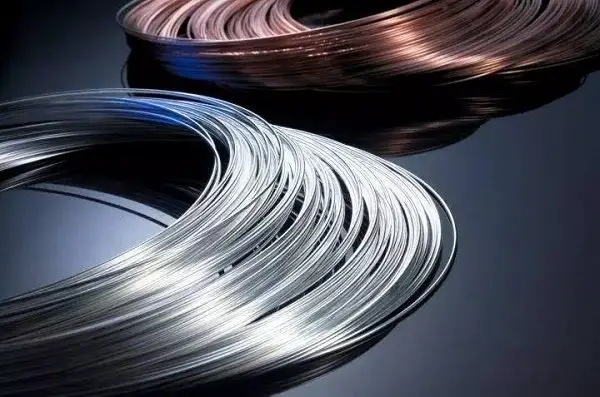
Wire Rod
The diameter of 5.5-40 mm, coil, all is hot rolled material.
After cold drawing, it is cold drawing material.
Steel Rod
Generally hot rolled in addition to fine bright materials with precise size, also has forging materials (the surface has forged marks).
Strip Steel
Both hot rolled and cold rolled, cold rolled materials are generally thinner.
Steel Plate
Cold rolled plates are generally thinner, such as car boards;
Hot rolled medium thick plate, have the similar thickness of cold rolled, the appearance is obviously different.
Angle Steel
All is hot rolled.
Steel Tube
Including welding hot rolled and cold drawing.
U-steel & H-steel
Hot rolled.
Rebar
Hot rolled.
Hot Rolled Definition
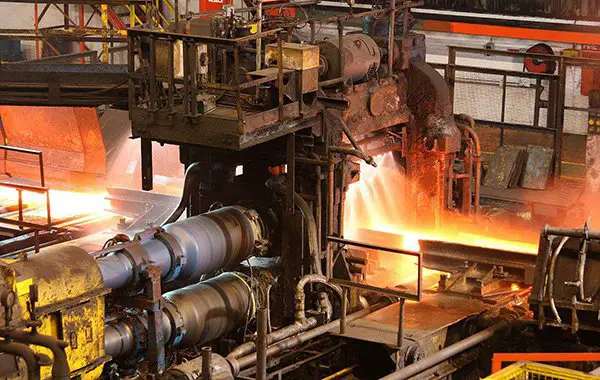
Ingot and billet at room temperature are very difficult to deform and process, so they are generally rolled when heated to 1100-1250℃, a rolling process called hot rolling.
The end temperature of hot rolling is typically 800-900℃, and the steel is generally cooled in the air, making the hot-rolled state equivalent to a normalizing treatment.
Most steel is rolled using the hot rolling process.
Due to the high temperature, the surface of hot-rolled steel produces a layer of oxide, which provides a certain degree of corrosion resistance and allows it to be stored in the open air.
However, the oxide layer also causes the surface of hot-rolled steel to be rough and the dimensions to be variable, so steel requiring a bright, clean surface, precise size, and good mechanical properties must be produced as semi-finished products through hot rolling or as finished products through cold rolling.
Advantages:
- Rapid forming speed, high yield, and undamaged coating, and can be made into various cross-sectional forms to meet the requirements of the use conditions.
- Cold rolling can make the steel undergo a lot of plastic deformation, thus improving the yield point of the steel.
Disadvantages:
- Although there is no thermoplastic compression in the forming process, residual stresses still exist in the cross-section, which can impact the overall and local characteristics of the steel.
- The style of cold-rolled steel is generally an open section, which lowers the free torsion stiffness of the section. It is easy to twist during bending and is susceptible to wrinkling when under pressure. Its anti-twisting performance is poor.
- The wall thickness of cold-rolled steel is small, and the corners are not thickened at the corners of the plate, resulting in weak capacity for local concentrated loads.
Cold Rolled Definition
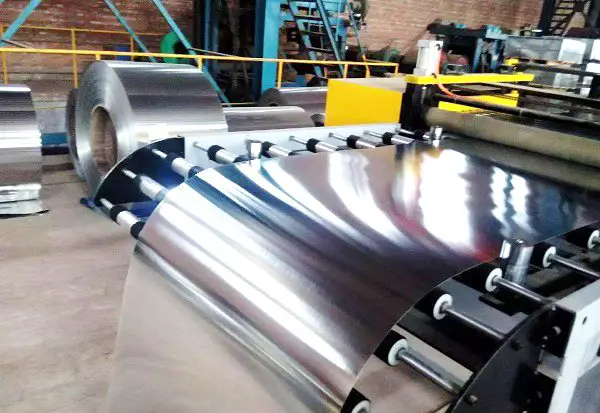
Cold rolling means that steel is pressed with the pressure of rollers to change its shape at room temperature.
Although the process can heat up the plate, it is still called cold rolling.
To be specific, cold rolling takes a hot rolled steel coil as raw material and does press fabricating after removing the oxidized skin by acid wash. Its finished product is hard to roll.
Generally, cold rolled steel, such as galvanized and color steel, must be annealed, so the plasticity and elongation rate are better, making it widely used in the automobile, home appliance, and hardware industries.
The surface of the cold rolled sheet has a certain degree of finish and feels smooth, which is achieved through acid washing.
Generally, the hot rolled plate surface smoothness cannot meet the requirements, so hot rolled steel strip needs to be cold rolled. The minimum thickness of hot-rolled steel is usually 1.0 mm, while cold rolling can reach 0.1 mm.
Hot rolling is the rolling process beyond the crystallization temperature, while cold rolling is the rolling process under the crystallization temperature.
The change of cold rolled steel shape is a continuous cold deformation, and the cold hardening of this process causes the strength, hardness, and toughness of the hard rolled coil to decrease.
For end-users, cold rolling deteriorates the stamping performance, and the product is suitable for simple deformed parts.
Advantages:
It can refine the grain of the steel, eliminate microstructure defects, and destroy the cast structure of the ingot. This results in a denser steel structure and improved mechanical properties.
This improvement is mainly reflected in the rolling direction, so the steel is no longer isotropic to some extent. Bubbles, cracks, and porosity formed during pouring can also be welded under high temperature and pressure.
Disadvantages:
- After hot rolling, non-metallic inclusions (mainly sulphides and oxides, and silicates) inside the steel are pressed into thin slices and stratified.
The layering of steel in the direction of the thickness of the steel can be greatly affected, and a laminar tear may occur due to weld shrinkage. The local strain induced by weld shrinkage often reaches several times the yield point strain, which is much larger than the strain caused by the load.
- Residual stresses caused by uneven cooling.
Residual stress is the internal self-equilibrium stress that remains in a material without any external force applied. Hot-rolled profile steel of various sections have such residual stresses, and the larger the section size of the normal section steel, the greater the residual stress.
Although the residual stresses are self-balanced, they still have some influence on the performance of steel components under external forces. For example, deformation, stability, and fatigue can have adverse effects.
The difference between cold rolling and hot rolling is mainly the temperature of the rolling process.
“Cold rolling” is carried out at room temperature, while “hot rolling” is carried out at a high temperature.
From the point of view of the metal, the boundary between cold rolling and hot rolling should be distinguished by the recrystallization temperature.
Cold rolling occurs at temperatures lower than the recrystallization temperature, while hot rolling occurs at temperatures higher than the recrystallization temperature.
The recrystallization temperature of steel is 450~600℃.
Hot rolled steel vs. cold rolled steel
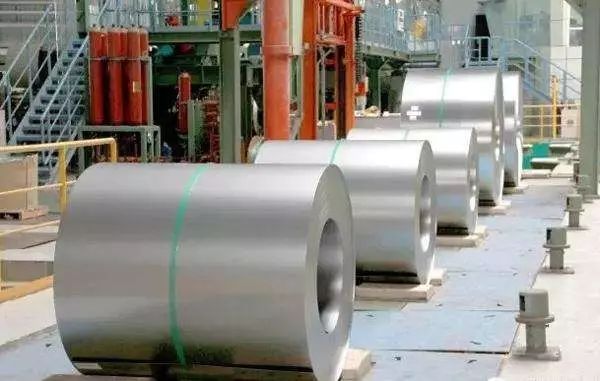
Appearance and surface quality
As the cold-rolled plate is obtained after the cold rolling process and the cold rolling also provides better surface finishing, the cold rolled plate has better surface quality (such as surface roughness) than the hot-rolled plate.
Thus, if the finished product demands high coating quality, a cold plate is generally preferred.
Furthermore, the hot-rolled plate is divided into pickled and unpickled plates.
The surface of the pickling board is usually a normal metallic color because of the acid washing, but it is not cold rolled.
The unpickling plate usually has an oxide layer, dark color, or a layer of trioxide.
In simple terms, it is like roast with fire, and it usually rusts if it is not kept in good environmental conditions.
Performance
In general, the mechanical properties of hot rolled plates and cold rolled plates are considered to be similar in engineering, although the cold rolled plate undergoes a hardening process during cold rolling.
However, if strict mechanical performance is required, the plates need to be treated differently.
The yield strength of the cold plate is usually slightly higher than the hot plate, and the surface hardness is also higher, depending on the degree of cold plate annealing.
Nonetheless, the annealed strength of the cold rolled plate is still higher than that of the hot rolled plate.
Formability
Since the performance of cold rolled and hot rolled plates is similar, the factor that influences the forming performance depends on the difference in surface quality.
Because the surface quality of cold rolled plates is better, generally speaking, for steel plates of the same material, the forming effect of the cold rolled plate is better than that of the hot plate.
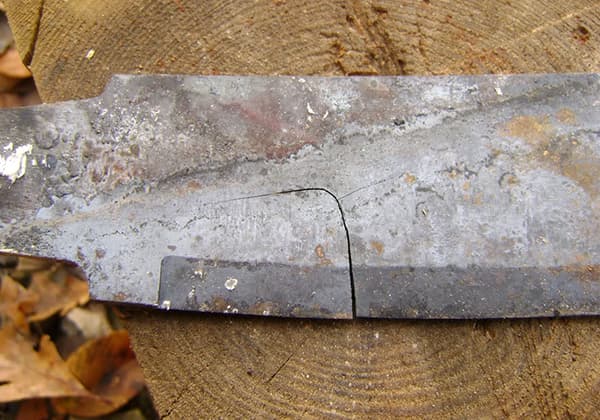
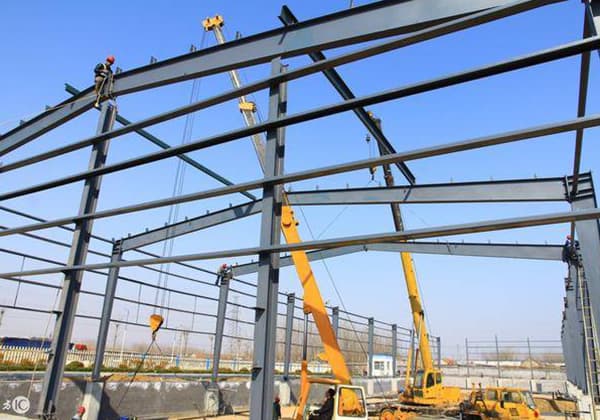
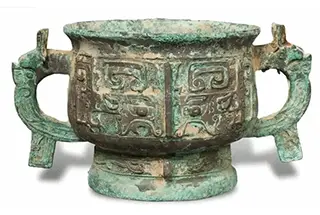
I am a welding instructor and this is GREAT! I try to explain the difference in my metallurgy class but your visuals really make sense! Thank you!
Does Hot rolled plates are reffered as heat treated plate
I believe you should know this if you read the article writing about the difference between the hot rolled steel and cold rolled steel.
Passion the website– extremely user friendly and whole lots to see!
Hi, after reading this amazing post i am also glad to share my experience here with mates.
Quality content is the main to interest the users to visit the web page,
that’s what this web page is providing.
Hi there, I enjoy reading all of your post. I like to write a little comment to support you.
I was reading some of your content on this website and I conceive this internet site is really informative ! Keep on putting up.
Rebar is both hot rolled and cold drawn (below 16mm), not just hot rolled